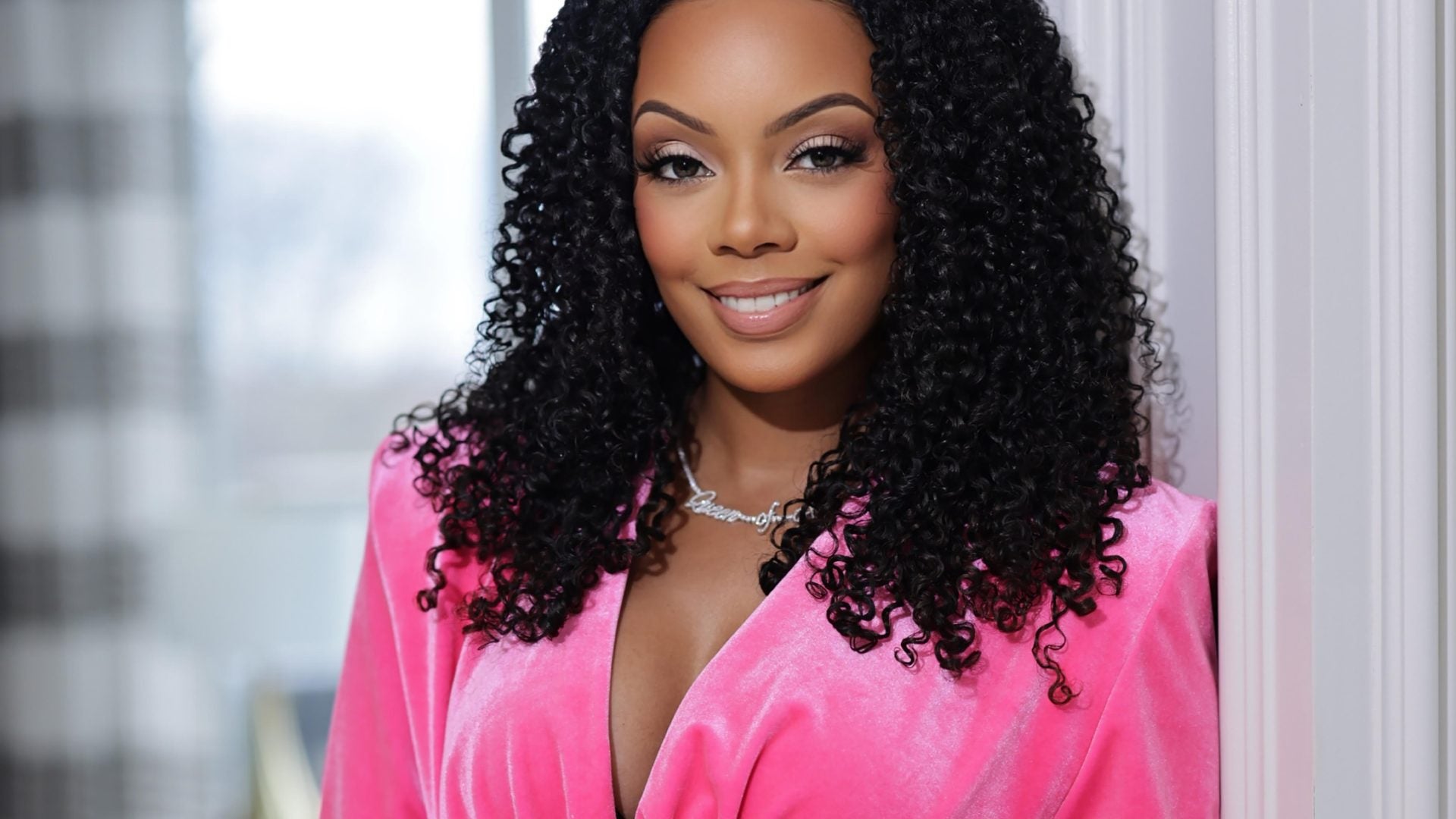
October is National Breast Cancer Awareness Month. This month, we’re committed to highlighting the glaring statistics about this disease within our community while honoring those battling this illness. According to the American Cancer Society, breast cancer is the most common cancer diagnosed among women in the United States. Breast cancer is formed when cells in breast tissue change, resulting in a lump or a mass. Unfortunately, Black women are more likely to develop breast cancer at a young age and go undetected. Additionally, we’re more likely to develop breast cancer at a younger age.
The American Cancer Society’s report shared that while breast cancer incidence rates among Black and white women are similar, mortality rates are markedly different, with Black women having a 38 percent higher death rate from breast cancer. Breast cancer typically has no symptoms when it’s at the stage where it can be easily treated, which is why mammography screenings are essential for early detection.
Although the U.S. Preventive Services Task Force (USPSTF) suggests that women at average risk for breast cancer should start getting mammograms every two years at age 40 and continue through age 74, Black women are getting breast cancer before 40 years old. According to a National Medical Association study, more than 10% of African-American women with breast cancer were diagnosed before age 40 compared to 5% of white patients.
So naturally, many Black women are wondering when and if they should consider getting a mammogram before 40. The simple answer is if you’re experiencing any kind of pain, swelling, lumpiness, or leakage around your breast, you should immediately contact your physician and schedule an appointment. However, if you’re wondering when a breast lump, bump, or mass is abnormal, pay attention to the following signs.
Signs of Abnormal Lumps:
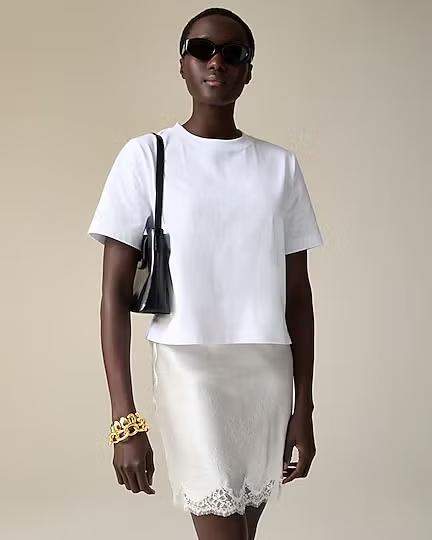

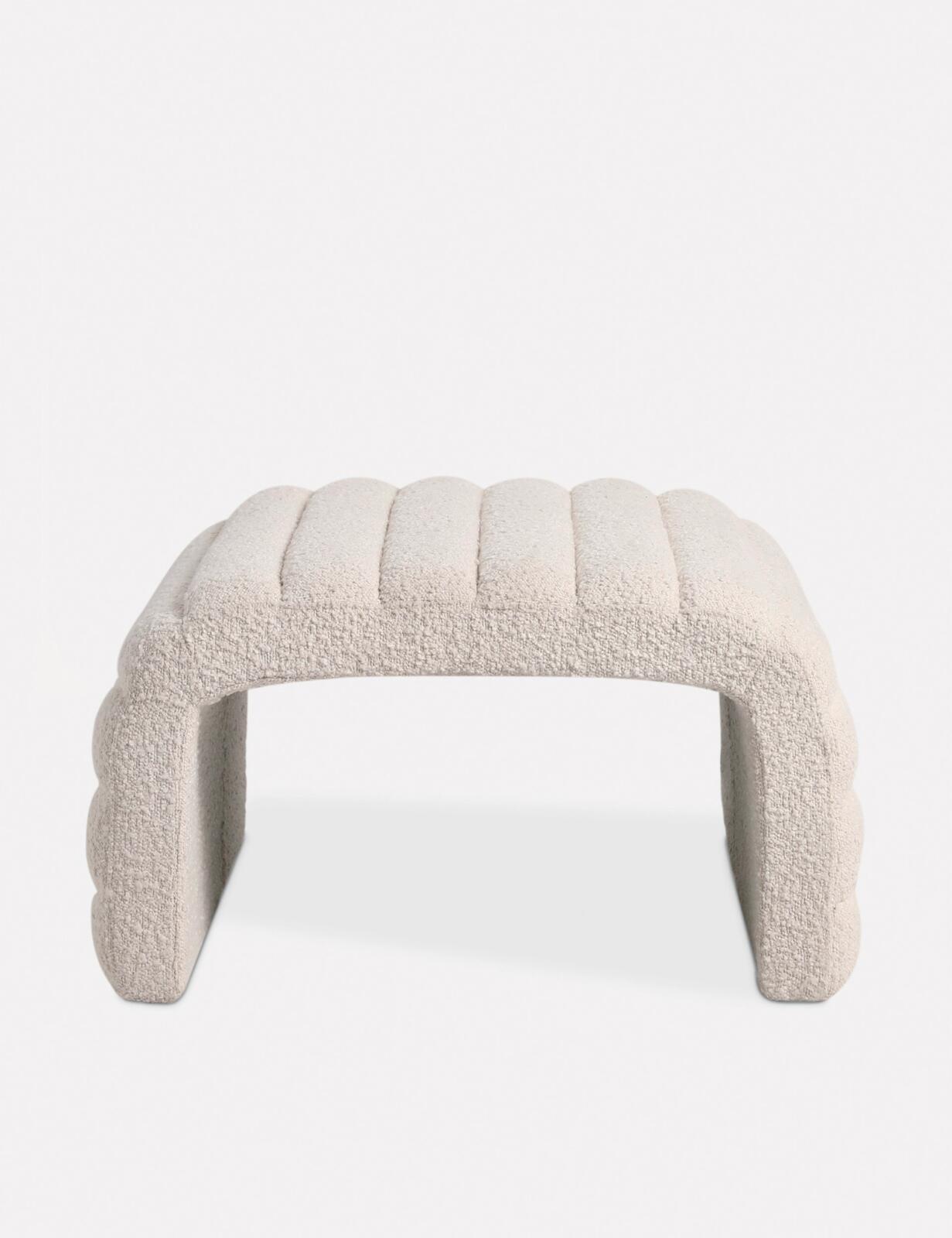
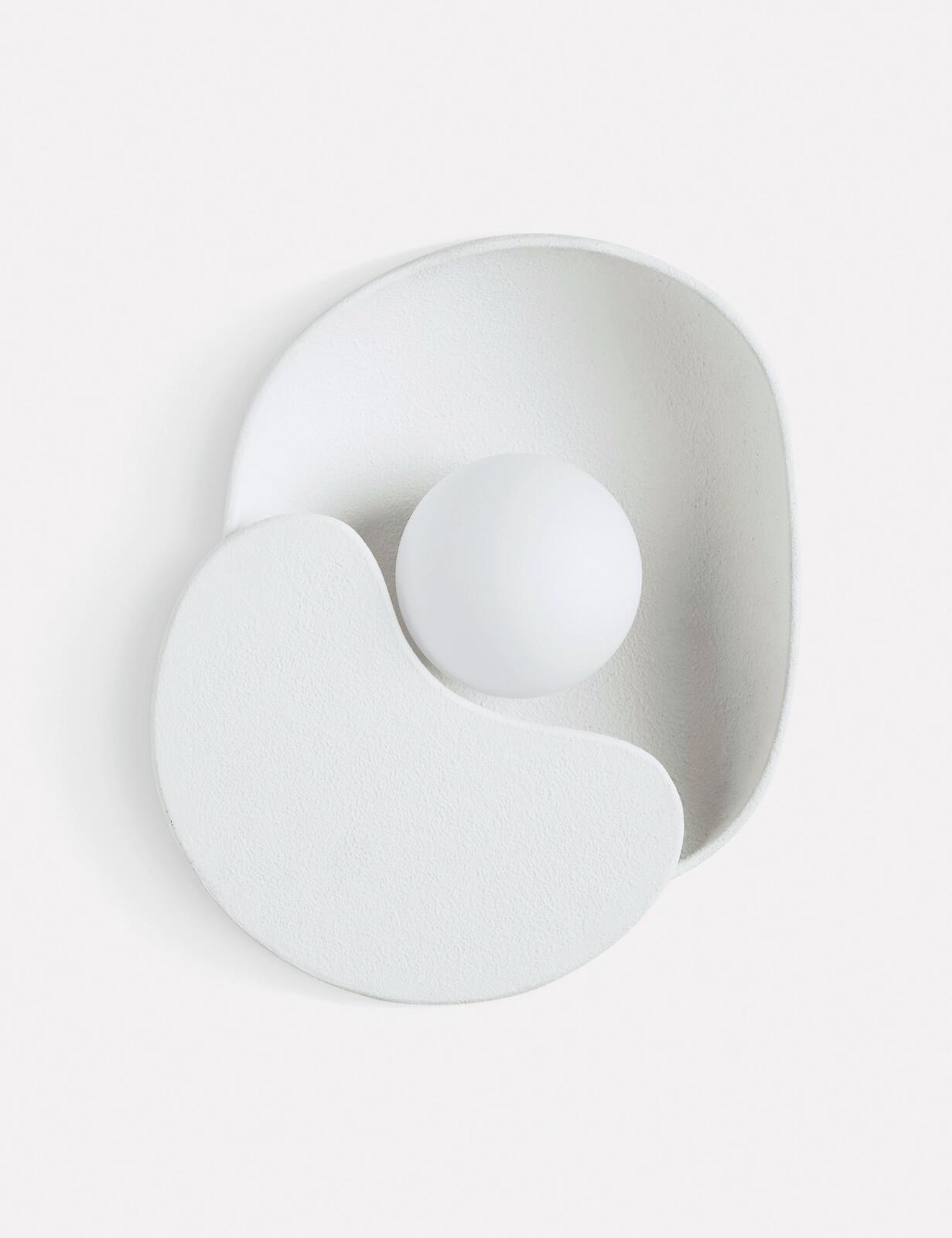


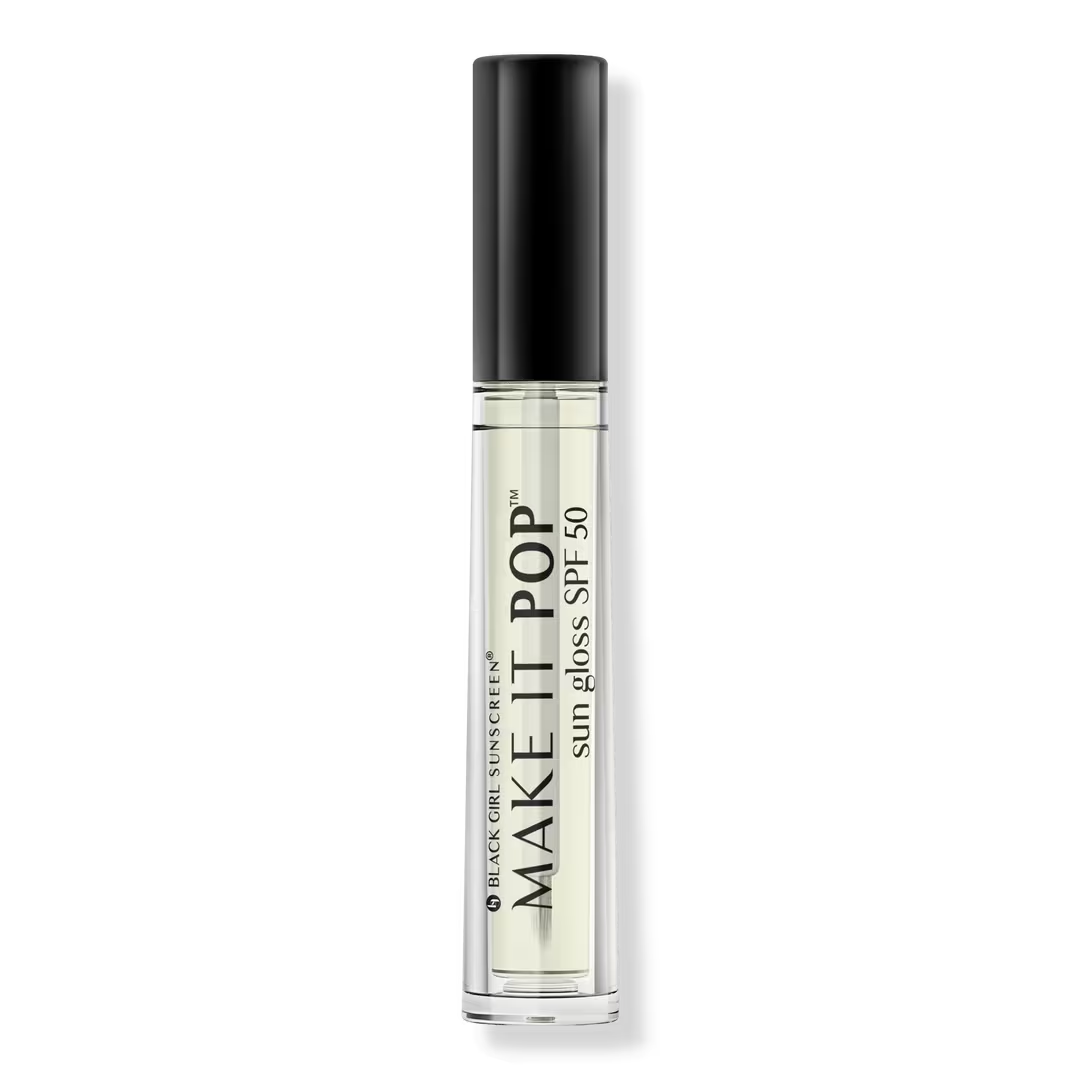
Skin changes: Be mindful of any skin changes on or around the breasts, such as:
- Bulging
- Dimpling
- Puckering
- Redness or rash
- Soreness
- Swelling
- Thickening or scaling
Check the texture: Cancerous lumps are usually hard, with irregular edges, compared to benign lumps, which generally feel smooth and mobile.
A hard, “discrete” lump can be the most common sign of breast cancer, as you’ll be able to tell the difference of tissue compared to the surrounding breast tissue. Early on, it’s movable.


